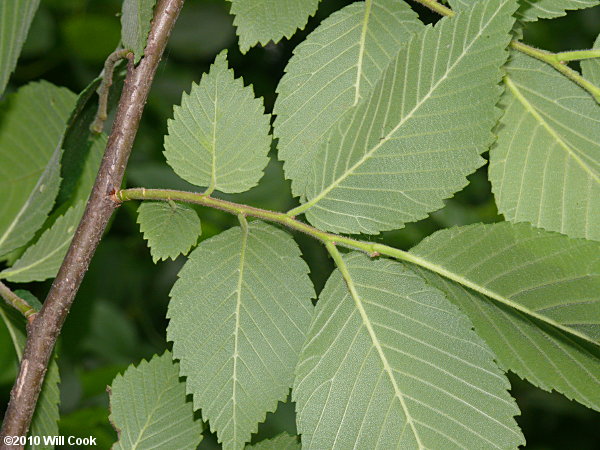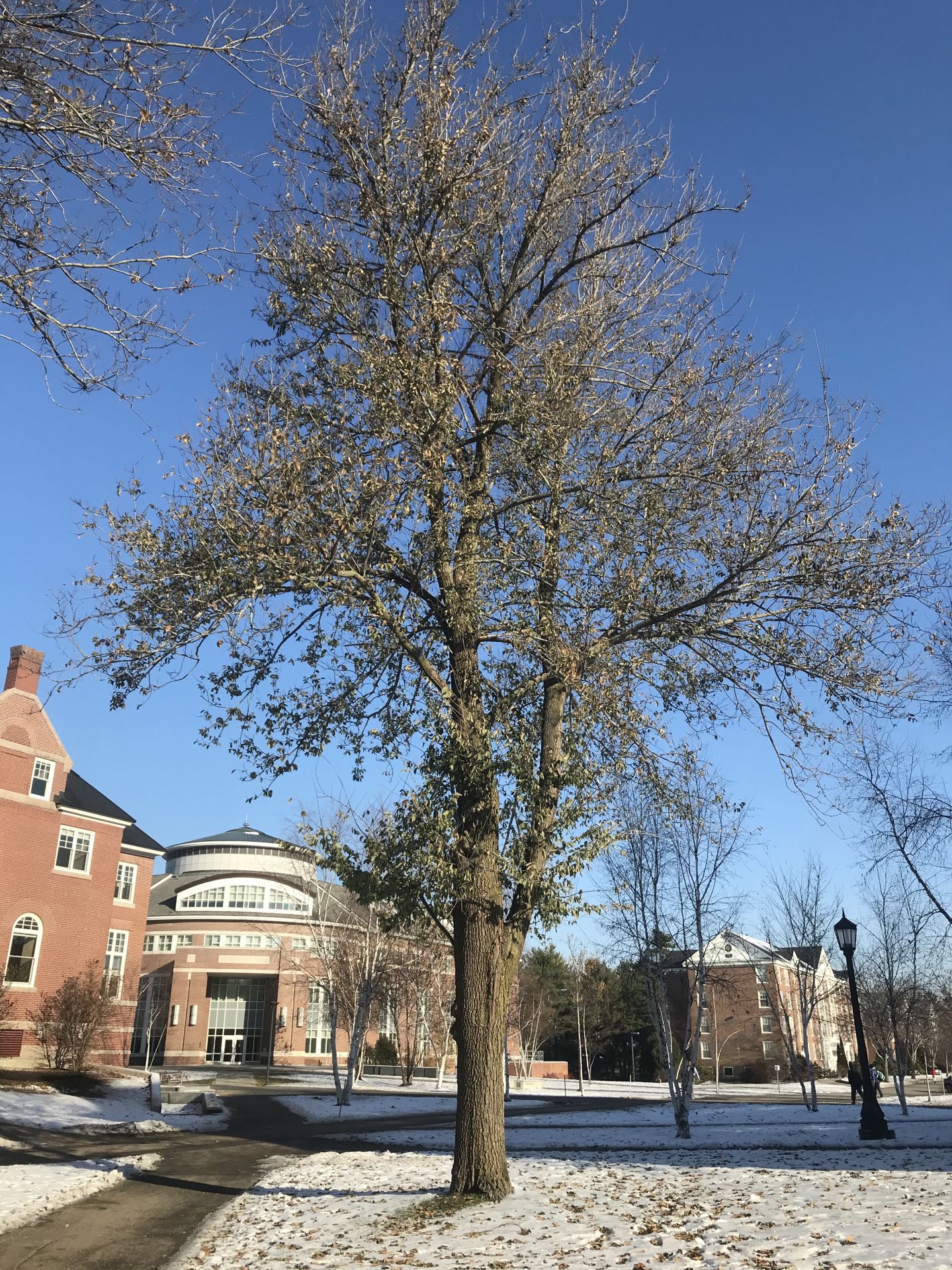Find Out 29+ List Of Siberian Elm Tree Identification People Did not Tell You.
Siberian Elm Tree Identification | The flowers are greenish and clustered with short pedicels, and appear with or before the leaves from march through. Ulmus pumila, the siberian elm, is native to central asia, eastern siberia, mongolia, xizang (tibet), northern china, india (northern kashmir) and korea. Siberian elm is not chinese elm | wunderwoods. Elm trees, which are in the ulmus genus and in the ulmaceae family, are one of the most common trees found all across the northern hemisphere. Roadsides and asphalt parking lots.
The siberian elm is an exception, and often has exfoliated bark that is green or orange in color. It has rounded but slender and spreading branches. Elm trees, which are in the ulmus genus and in the ulmaceae family, are one of the most common trees found all across the northern hemisphere. It grows fast, up to 3 feet per year we and our partners process data to: It is also known as the asiatic elm, dwarf elm and (erroneously) chinese elm.

It can cross pollinate with native elms, making identification difficult. Siberian elm was planted widely in the 1950's but is not popular currently in the midwest. Bark is dark gray, becoming deeply. Their identification, ornamental characteristics, culture, propagation. Ulmus pumila, the siberian elm, is native to central asia, eastern siberia, mongolia, xizang (tibet), northern china, india (northern kashmir) and korea. 720 x 720 jpeg 209 кб. As the name suggests, siberian elms are located in siberia as well as other parts of asia including korea, india, mongolia, parts of china, and the. 960 x 1280 jpeg 271 кб. Siberian dwarf elms grow to between 50 and 70 ft. About & species growing information siberian elm tree (ulmus pumila) the siberian elm tree a fast growing elm tree reaching 50 to 70 feet in height. Tree with a woody stem, often incorrectly referred to as chinese elm. It grows fast, up to 3 feet per year we and our partners process data to: It has rounded but slender and spreading branches.
Siberian elm is found in siberia, mongolia, india, china and the u.s.a. 960 x 1280 jpeg 271 кб. Siberian elm is able to move into and quickly dominate disturbed prairies in just a few years. The american elm reaches a height of 115 feet, while the rock elm grows to 80 feet tall. Siberian elms have invasive traits that enable them to spread aggressively.

The scotch elm, siberian elm, english elm and slippery elm are the tallest of elm trees, growing up to 132 feet. If you're not sure how to identify an elm tree, start by examining the leaves. Siberian elm — northern arizona invasive plants. Identification is extremely important when considering whether. If you're not familiar, i suggest you research it. Russian olive continues march in southern manitoba. The leaves, bark, trunk, flowers and the animals on the trees are quite helpful in identifying the elm trees. 960 x 1280 jpeg 271 кб. Tree with a woody stem, often incorrectly referred to as chinese elm. Elm trees, which are in the ulmus genus and in the ulmaceae family, are one of the most common trees found all across the northern hemisphere. It is resistant to dutch elm disease. The inner bark of slippery elm, ulmus fulva, has been used for centuries as a food and for its healing traits. It grows to around 70 feet in height.
4 to 9 germination range: The best websites voted by users. Russian olive continues march in southern manitoba. The leaves of siberian elm look very similar to native elms except that they are smaller and have a single tooth margin. It has rounded but slender and spreading branches.

It is resistant to dutch elm disease. The genus first appeared in the miocene geological period about 20 million years ago, originating in what is now central asia. Identification is extremely important when considering whether. As the name suggests, siberian elms are located in siberia as well as other parts of asia including korea, india, mongolia, parts of china, and the. Actively scan device characteristics for identification. Grows in a variety of habitats and soil conditions including areas with very poor conditions such as: Elm trees are members of the ulmus genus in the ulmaceae family of plants. Tree structure of the siberian elm is similar to the american elm, but branches grow in a more upward way, lacking the drooping over at the ends, and is always taller than it is wide. The american elm reaches a height of 115 feet, while the rock elm grows to 80 feet tall. Their identification, ornamental characteristics, culture, propagation. It has rounded but slender and spreading branches. It is also known as the asiatic elm, dwarf elm and (erroneously) chinese elm. Buckman direct diversion habitat mitigation update these pictures of this page are about:russian elm tree.
Siberian Elm Tree Identification: The best websites voted by users.
Source: Siberian Elm Tree Identification
0 Response to "Find Out 29+ List Of Siberian Elm Tree Identification People Did not Tell You."
Post a Comment